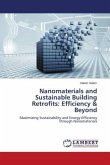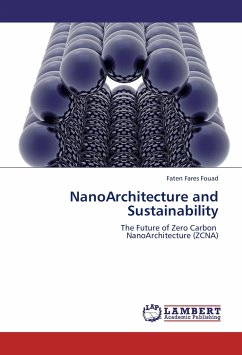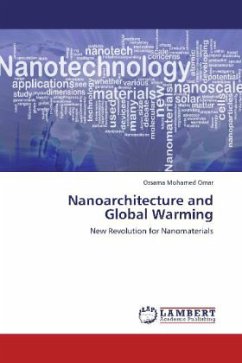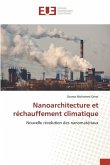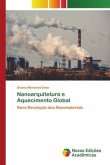The research investigates the importance of using contemporary advanced technologies as an outcome of globalization. Such international integration has greatly influenced architecture and the way we design it due to the new technological inventions, fast mobility, and the ease of communication. Nanotechnology as a result of the global cooperation in technology and science has become the cutting-edge technology of the 21st century. This manipulation of matter at the nanoscale has revolutionized our contemporary technology in all aspects of life, especially in material design, building methods, and architectural perceptions. In three parts, the thesis promotes the above issues in an attempt to deliver the up-to-date ideas and technologies of the 21st century to the architect and create a new distinct type of architecture: 1-Contemporary thinking; explaining the myriad effects of globalization on architecture, 2-Nanotechnology; an insight into nanotechnology and the possibilities itoffers to architecture and buildings, 3-Applications; and evaluation for the effect of the revolution of nanotechnology featuring works of different architects and initiatives.
Bitte wählen Sie Ihr Anliegen aus.
Rechnungen
Retourenschein anfordern
Bestellstatus
Storno


